Building of the Day: 43-47 Chauncey Street
Brooklyn, one building at a time. Name: Frame row houses Address: 43-47 Chauncey Street Cross Streets: Lewis and Stuyvesant Avenues Neighborhood: Stuyvesant Heights Year Built: between 1867-1870 Architectural Style: Vernacular Victorian Architect: Unknown Landmarked: Yes, part of Stuyvesant Heights HD (1971) The story: These are the oldest row houses in the Stuyvesant Heights historic district….

Brooklyn, one building at a time.
Name: Frame row houses
Address: 43-47 Chauncey Street
Cross Streets: Lewis and Stuyvesant Avenues
Neighborhood: Stuyvesant Heights
Year Built: between 1867-1870
Architectural Style: Vernacular Victorian
Architect: Unknown
Landmarked: Yes, part of Stuyvesant Heights HD (1971)
The story: These are the oldest row houses in the Stuyvesant Heights historic district. The only houses that are older in the district are the stand-alone suburban villas on MacDonough. This group was built when the area was just beginning to go from a sparsely populated suburban area to a far busier city. Originally, there was a fourth house in this group, as well as an apartment building dating from the turn of the century, which took up the rest of this corner. Both were torn down sometime after historic designation in 1971, sometime in the 1980’s, or later, and the lots are still vacant. We are left with this delightful look at Stuyvesant Heights’ past.
The houses were built for a Manhattan lawyer named Charles E. Larned, who bought the land in 1867. Houses of this sort were being built on Chauncey and other streets on, or near Fulton Street, which was lined with classic small-town Victorian stores, stables and other businesses. Many of the buildings had apartments over the stores. The homes here on Chauncey were modest, even for the day, and were built by an anonymous builder who incorporated Greek Revival and Italianate features in these houses.
Originally, all of the houses were clapboard and had porches, today, only 45 still has the original porch. 45 and 47 still have the original fencing that once enclosed the entire group, and other original details still remain, especially in roof lines and cornices. A hodgepodge of surface coverings now sheath the houses, asbestos siding, clapboard and stucco. Number 47 seems to have received the most recent TLC.
Larned didn’t hold onto his property for very long. He sold the houses in 1870, to James Campbell, a Wall Street broker who lived in Brooklyn. He flipped them to Thomas Prosser the very next year. The Prosser family owned most of this part of the Heights, and had their own lavish homes a block away, on Stuyvesant Avenue, right at the end of this block. The Prosser’s were the American representatives for the Krupp’s Iron Works, the German manufacturers of railway ties and military arms, and had a great deal of money. They would own much of the area until the beginning of the 20th century.
By that time, this block had changed considerably. Most of the frame buildings that once lined Chauncey, as well as nearby Fulton Street were replaced by bricks, brownstone, and on this block: limestone. The stables, coal yard and commercial buildings on the other side of Chauncey, across the street from these houses, became Fulton Park in 1904. It’s really rather amazing that these houses have survived. GMAP
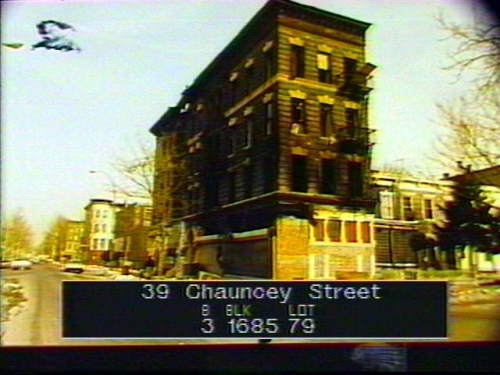
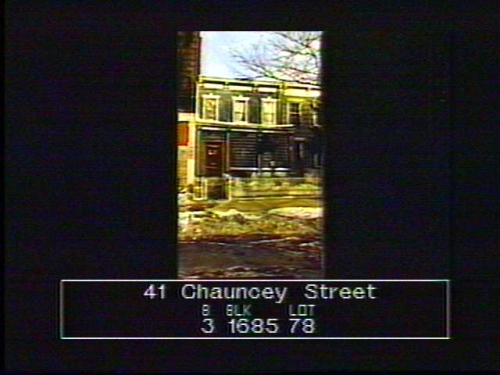

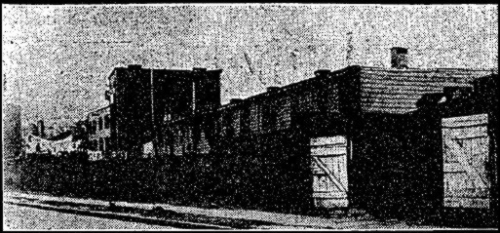

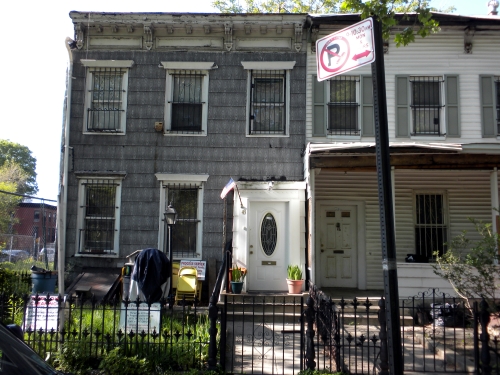
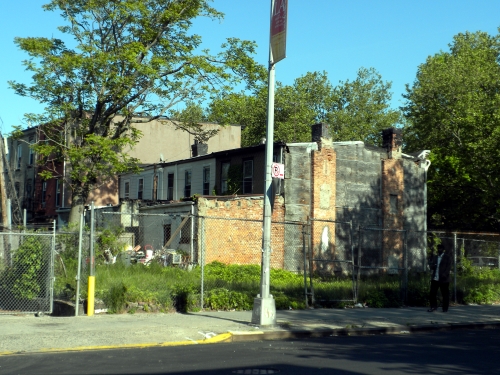




What's Your Take? Leave a Comment